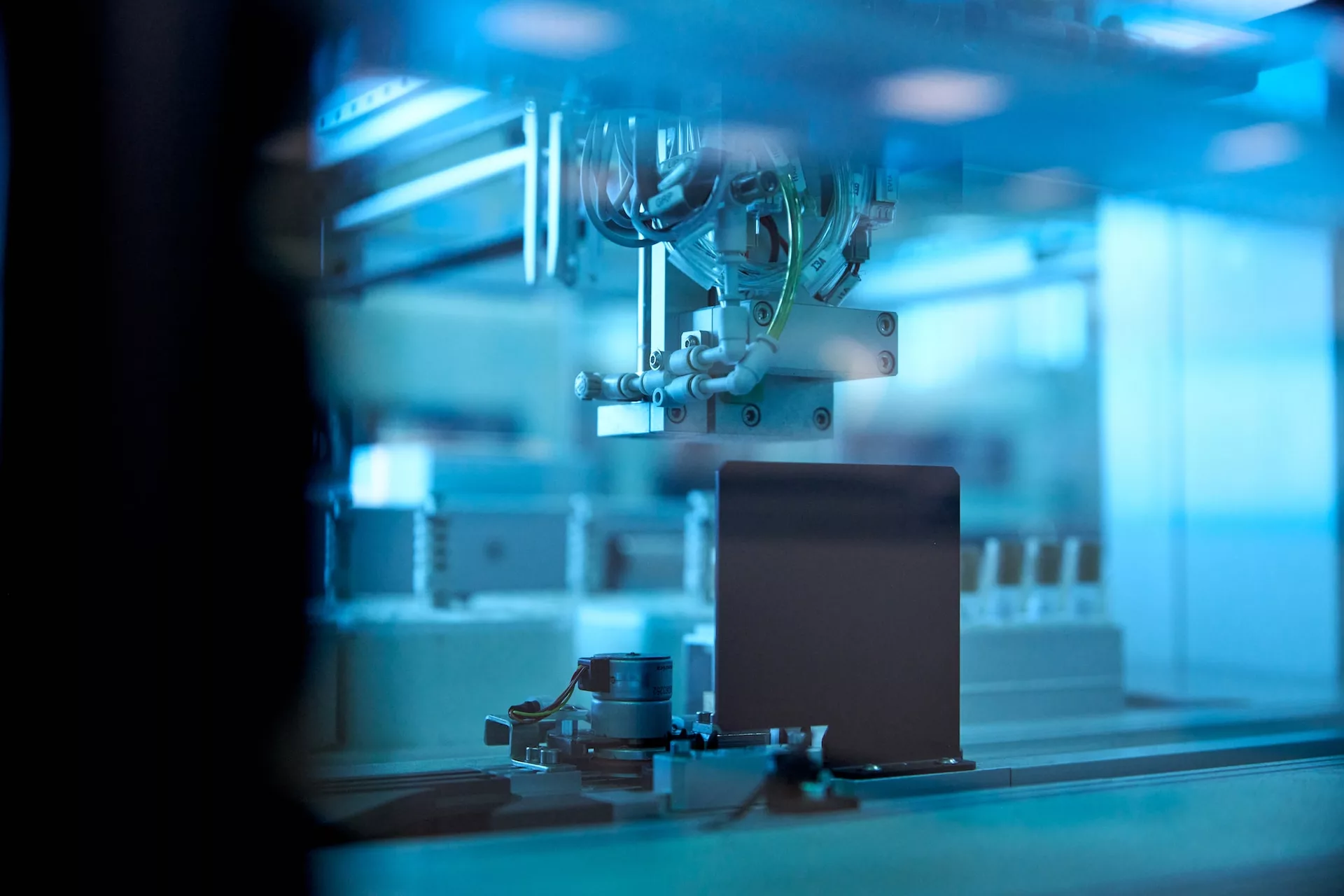A new way to produce flourochemicals is set to disrupt a $23.1 billion industry. Image credit: Testalize.me, via Unsplash.
On the 20th of July, researchers at Oxford University published a breakthrough paper in Science detailing a novel way of producing fluorochemicals—chemical compounds which contain fluorine and are used in batteries, drugs, refrigerants, and many other industries. This new method developed by Patel et al. will replace the energy-intensive, potentially dangerous method that has been used for the last two and a half centuries and has the potential to revolutionise the booming fluorochemical industry.
As the paper in Science outlines, in 1771 C.W. Scheele reported a method of producing fluorochemicals from the naturally occurring mineral fluorspar, which contains calcium fluoride (CaF2). In an energy intensive process, fluorspar is reacted with sulfuric acid to generate hydrogen fluoride (HF). Hydrogen fluoride can then be stored as a liquid or in solution and is a precursor to many fluorochemicals. However, it is also highly toxic and spills have been associated with fatal accidents and environmental damage. This method is still the one in use today, making it highly desirable for an alternative to be found.
This new method developed by Patel et al. has the potential to revolutionise the booming fluorochemical industry.
Like the original method, Patel et al. used the mineral fluorspar as their source of fluorine atoms but found a way to access the fluorine atoms without producing hydrogen fluoride. They took inspiration from the biological process of calcium phosphate mineralization, which is involved in the formation of bones and teeth. By reacting fluorspar with a salt containing a phosphate group (K2HPO4), calcium phosphate spontaneously formed at room temperature. The calcium ions in the fluorspar bonded to the phosphate group in the salt, leaving the fluorine atoms free in a powder. This powder—dubbed Fluoromix—could then be used in the production of fluorochemicals.
To form Fluoromix in good yields, the researchers found that it was necessary to use mechanochemical ball milling—a method that makes reactions between solids more efficient. The reacting reagents are inserted into a cylindrical mill chamber, which also contains small, hard balls. The balls are then made to rotate and collision with the reacting compounds leads to the formation of a homogeneous powder. This decreases the distance between the reacting molecules and therefore increases the speed and efficiency of the reaction.
The global fluorochemicals market is a large one—valued at $23.1 billion in 2022—with applications stretching from electronics to pharmaceuticals to agrochemicals. Lead researcher Professor Gouverneur described this method as ‘a holy grail’, stating that its importance lies in the fact that it ‘has the potential to be implemented anywhere in academia and industry, minimise carbon emissions e.g., by shorting supply chains, and offer increased reliability in light of the fragility of global supply chains’. The development of this new process represents a breakthrough for an emergent and increasingly pertinent type of science, which puts safety and environmental impact at the forefront of its concerns.





